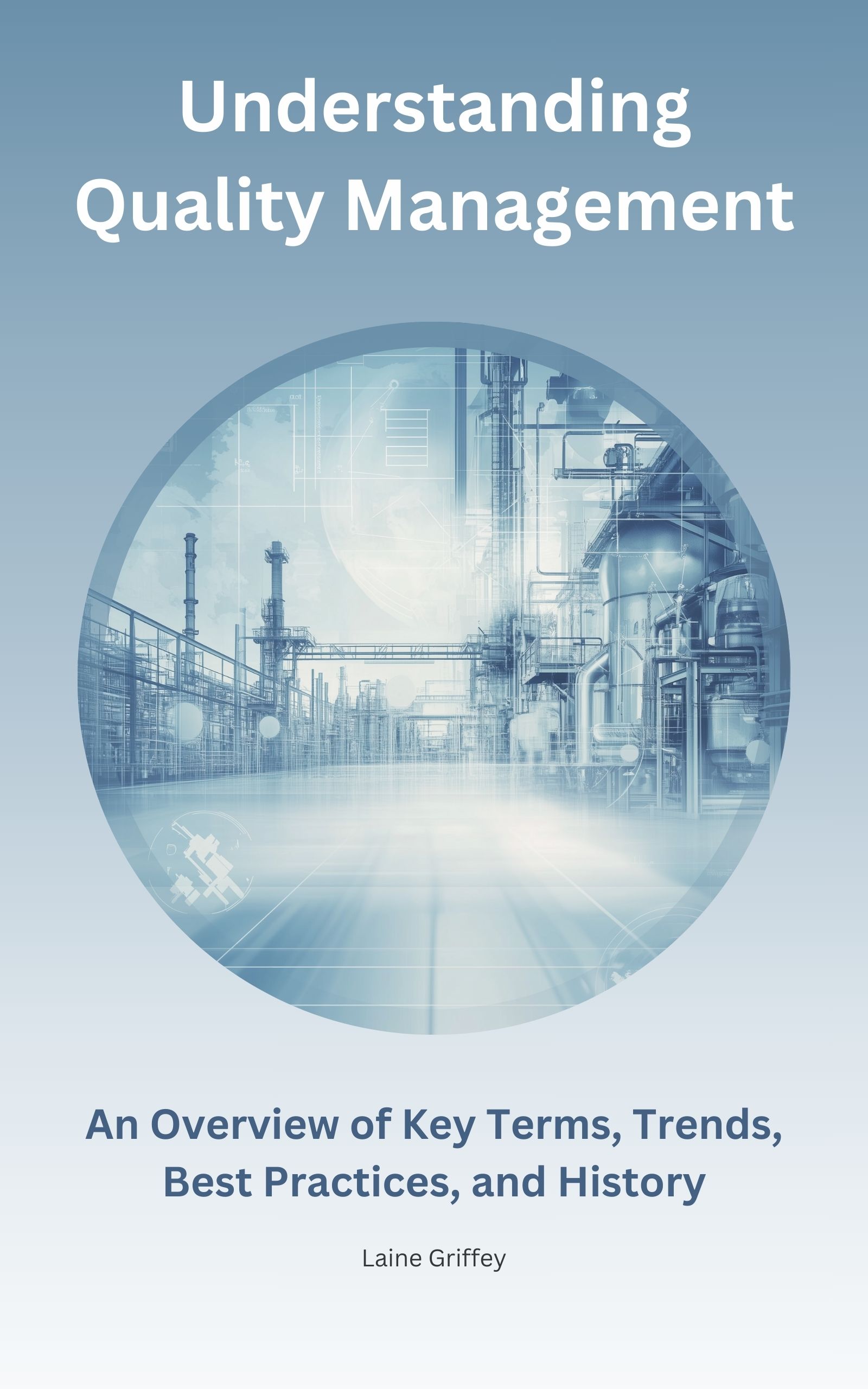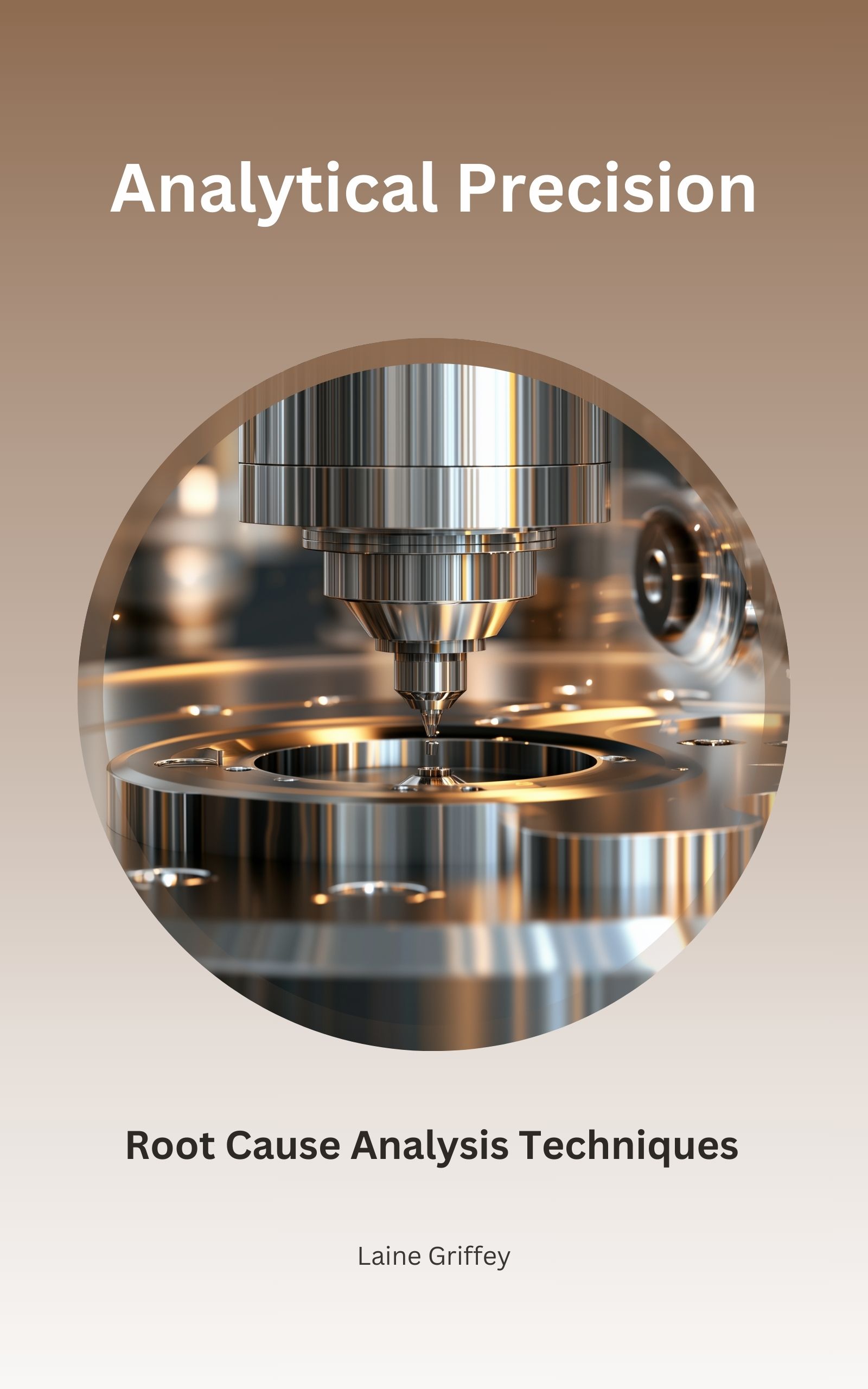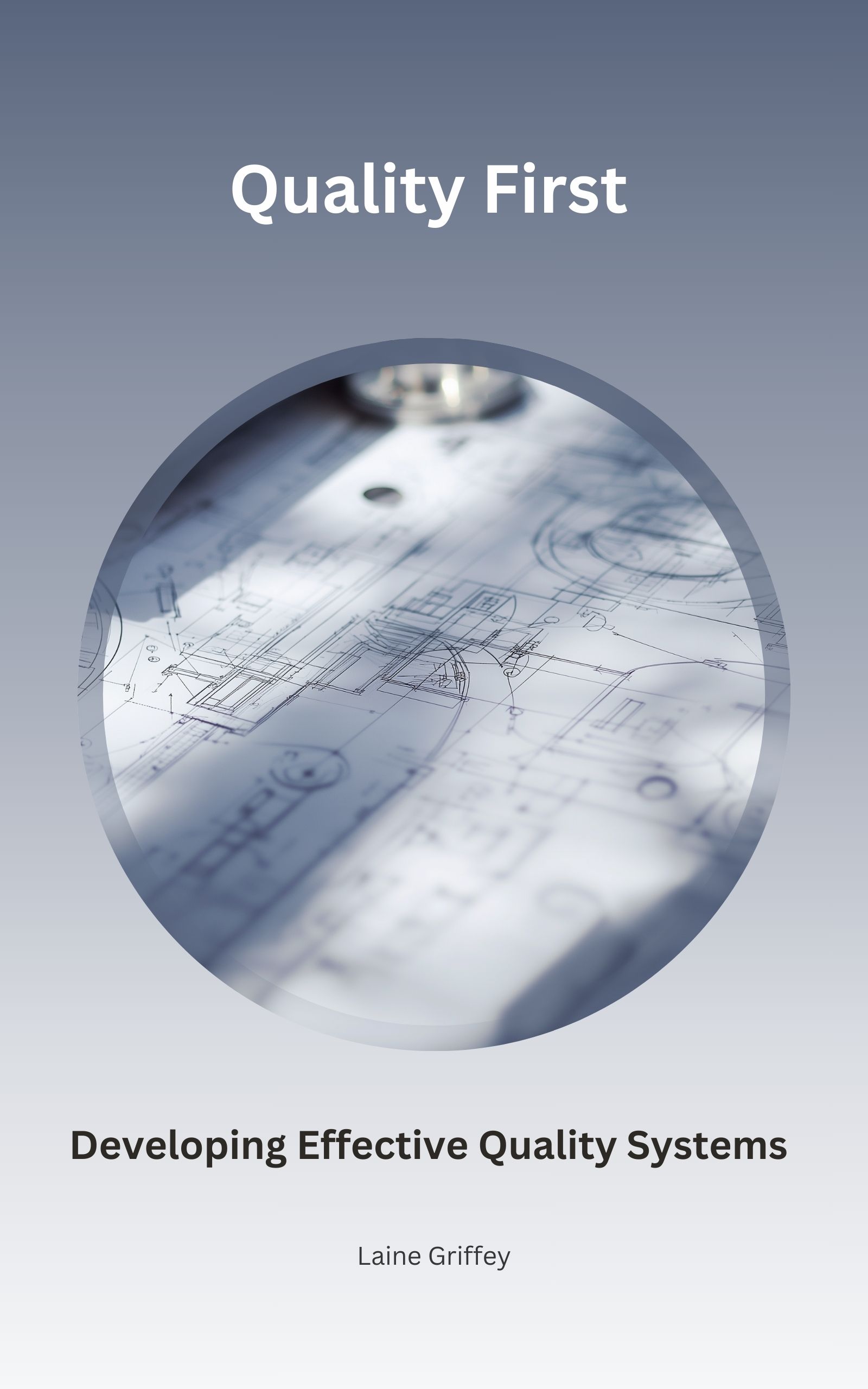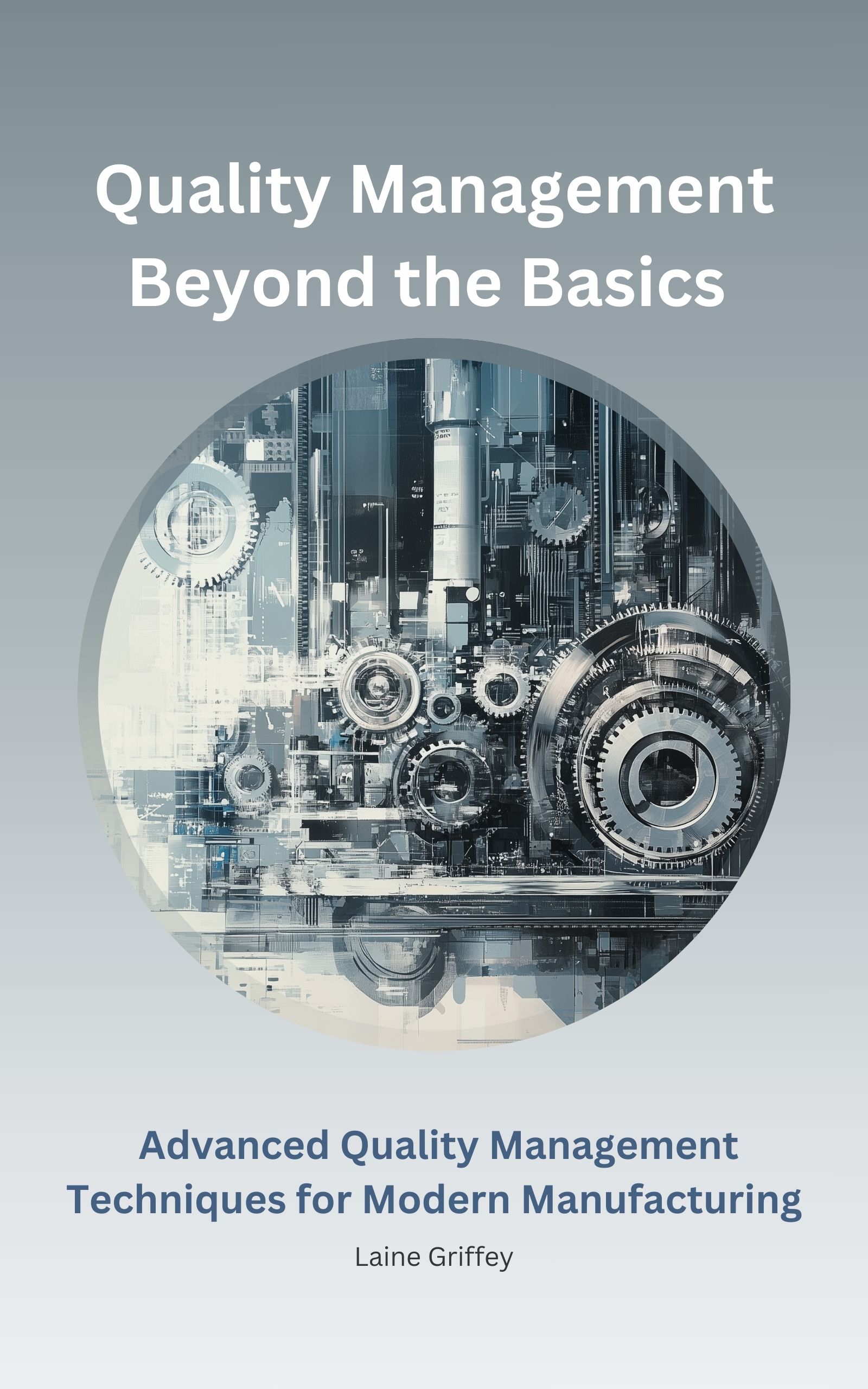Manufacturing Quality Collection
Improve manufacturing performance with concise guides that strengthen quality systems, cut defects, and sustain continuous improvement across industries.
Understanding Quality Management
Improve organizational performance by understanding quality management and its role in building efficient, reliable, and compliant systems. Key principles such as quality assurance versus quality control, the PDCA cycle, and continuous improvement establish the foundation for consistent results across industries.
Apply proven methods including Lean, Six Sigma, Total Quality Management, and Root Cause Analysis alongside modern approaches in Quality 4.0, sustainability, and risk management. Case studies from manufacturing, aerospace, healthcare, and food production highlight how effective systems cut costs, ensure compliance, and enhance customer trust.
Align people, processes, and technology with clear strategies that drive operational excellence, reduce risk, and keep organizations competitive in today’s global market.
Building Quality Teams
Build stronger organizations by developing quality teams that connect talent, compliance, and continuous improvement. Understanding the roles of recruiters, managers, and engineers in shaping effective quality departments ensures the right skills are in place to meet industry standards and customer expectations.
Strengthen hiring strategies with insight into essential competencies such as Lean, Six Sigma, auditing, and risk management, along with soft skills like leadership, communication, and collaboration. Industry-specific guidance for manufacturing, healthcare, aerospace, and food production shows how targeted recruiting drives measurable impact.
Create lasting value by aligning recruitment, training, and career development with organizational goals. Building quality teams reduces turnover, supports regulatory compliance, and positions organizations to innovate and compete in demanding markets.
Analytical Precision
Strengthen problem-solving by applying root cause analysis techniques that uncover hidden issues and prevent recurring defects. Understanding analytical precision ensures organizations move beyond surface-level fixes to achieve long-term improvements in quality and efficiency.
Use proven methods such as the 5 Whys, Fishbone Diagrams, Failure Mode and Effects Analysis, and fault tree analysis to identify underlying problems. Practical guidance shows how these tools apply across manufacturing, healthcare, aerospace, and other industries to reduce errors, improve safety, and cut costs.
Drive sustainable results by embedding structured analysis into daily operations. Analytical precision supports stronger decision-making, enhances compliance, and builds a culture of continuous improvement that keeps organizations competitive.
Quality First: Developing Effective Quality Systems
Create stronger operations by developing quality systems that ensure consistency, compliance, and customer satisfaction. Understanding how to design policies, procedures, and standards establishes a foundation for reliable results across industries.
Implement key elements such as quality manuals, standard operating procedures, training programs, and control plans to reduce variation and improve efficiency. Real-world examples from manufacturing, aerospace, and healthcare demonstrate how effective systems meet regulatory requirements and support continuous improvement.
Achieve long-term success by embedding quality into daily operations and organizational culture. Prioritizing quality first lowers costs, strengthens customer trust, and positions organizations to grow in competitive markets.
Quality Management Beyond the Basics
Advance organizational performance by applying modern quality management techniques that go beyond the fundamentals. Mastering advanced methods reduces variability, drives efficiency, and creates a culture of continuous improvement.
Leverage powerful tools such as Six Sigma, Statistical Process Control, Lean Manufacturing, and Total Quality Management alongside emerging technologies like AI, IoT, and big data analytics. Case studies across manufacturing, healthcare, and electronics show how these approaches cut defects, ensure compliance, and optimize operations.
Sustain competitive advantage by integrating advanced systems with leadership commitment, employee engagement, and supply chain collaboration. Beyond the basics, quality management becomes a driver of innovation, customer satisfaction, and long-term success.





